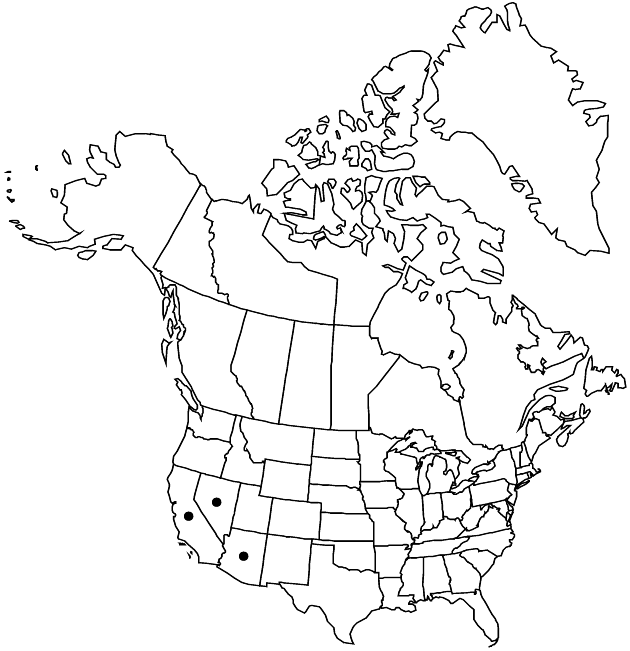Ericameria teretifolia
Man. Fl. Pl. Calif., 1024. 1925.
Plants 30–150 cm. Stems erect to ascending, green when young, fastigiately branched, gland-dotted (in pits), resinous. Leaves mostly ascending to spreading; blades filiform (adaxially sulcate), 10–35 × 0.5–1.5 mm, midnerves obscure, apices acute to obtuse or rounded, faces glabrous, gland-dotted (in circular, deep pits), resinous. Heads in cymiform to racemiform arrays (1–3 cm wide). Peduncles 0.5–2 mm (bracts 0–3, mostly like outer phyllaries). Involucres obconic, 5–9 × 2–5 mm. Phyllaries 16–20 in 3–5 series (in vertical ranks), tan, lanceolate to oblong, 1–7 × 0.5–1.5 mm, strongly unequal, mostly chartaceous, midnerves mostly obscure, apices acute to rounded (outer each tipped with subspheric resin-gland), abaxial faces resinous. Ray-florets 0. Disc-florets 5–7; corollas 5.8–8 mm. Cypselae tan to brown, narrowly ellipsoid, 3–4 mm, sericeous; pappi off-white to brown, 6–7.5 mm. 2n = 18.
Phenology: Flowering fall.
Habitat: Canyon walls, rocky flats, and slopes
Elevation: 600–2400 m
Distribution

Ariz., Calif., Nev.
Discussion
Selected References
None.
Lower Taxa
"fine" is not a number.